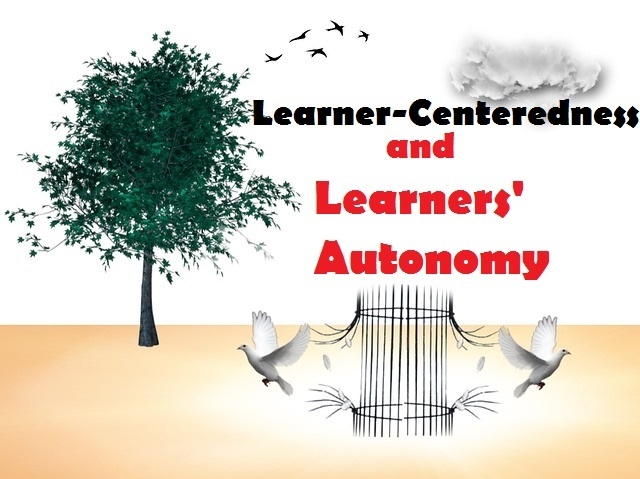Verb Chart Based on Bloom’s Taxonomy
Bloom’s Taxonomy is a blueprint that classifies learning behavior and phases from recalling to crating ideas based on the acquired knowledge. Bloom’s Taxonomy is based on the ideas that learning is a sequential behavior. Before students learn to apply an idea in real life situations, they must understand it. Before they understand it, they have to recall and remember all the important information about it.
The bottom of the pyramid is knowledge, the low level of thinking, and the top levels of the pyramid are the ability to evaluate and create, higher order thinking skills. For readers who need to read more about Bloom’s Taxonomy, click here.
Bloom’s Taxonomy provides a set of action verbs that are based on each level of thinking. These verbs can help teachers when creating learning objectives, lesson plans and instructional materials. Below is a list of gaugeable action verbs that can be used to design instructional objectives. Teachers have to identify the most accurate verb that pertains to how they will measure the students’ ability or mastery of the learning objective.

Tip:
If teachers know what action verb they want to use, but they do not know which cognitive level it belongs, just press Ctrl-F on your laptop and it will automatically be located.
Level 1 – Remember previously learned information. |
|
Level 2 – students demonstrate the understanding of what is learned |
|
Level 3 – students apply what is learned to real-life situations. |
|
Level 4 –students break down ideas into simpler units and analyze to support their generalizations |
|
Level 5 – students evaluate and make judgments about the value of materials, methods, and information that they are exposed to. |
|
Level 6 – students combine existing patterns, ideas and facts to create original work or solve a certain problem. |
|







